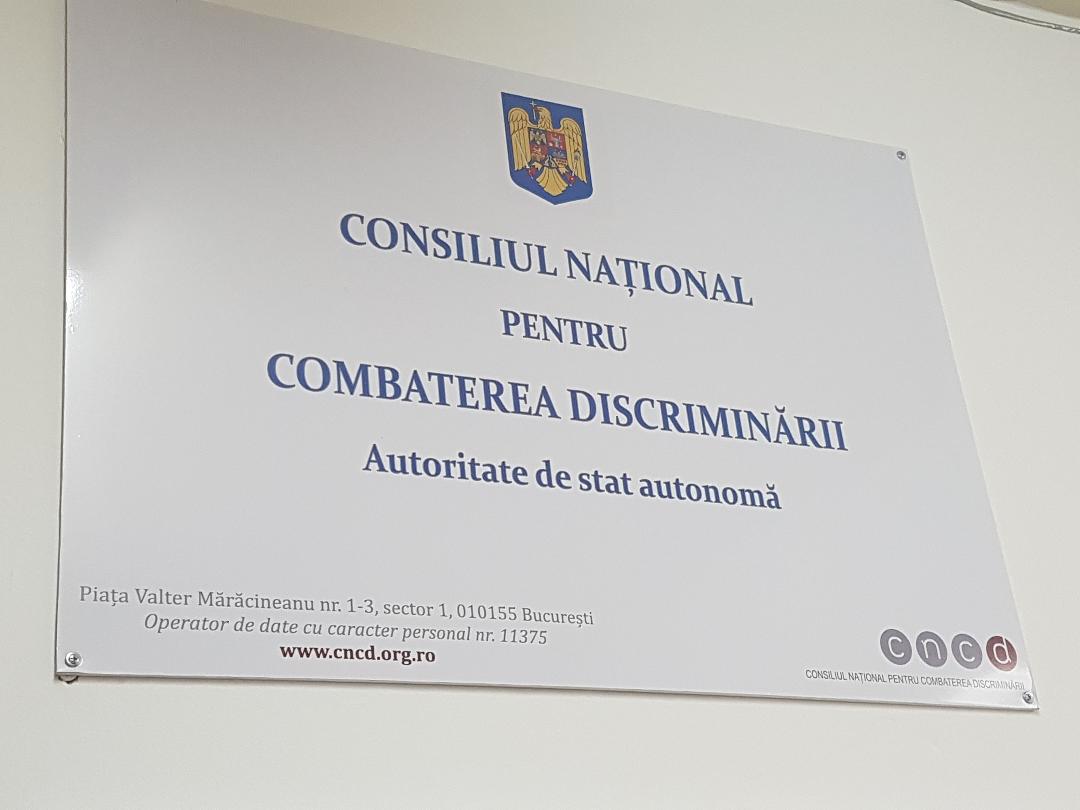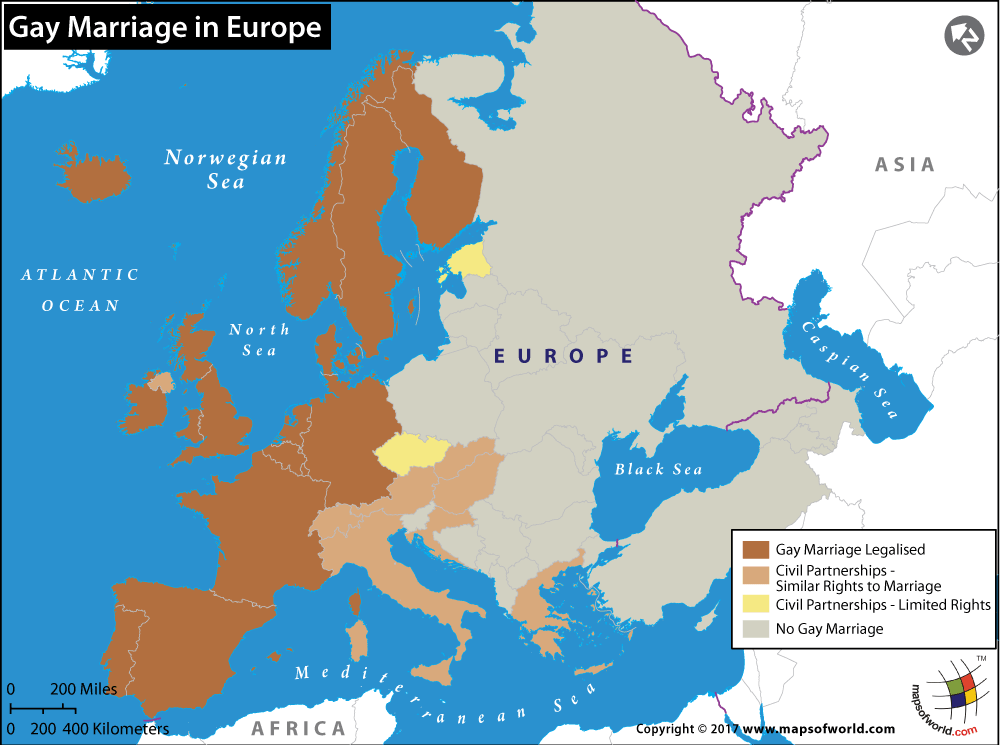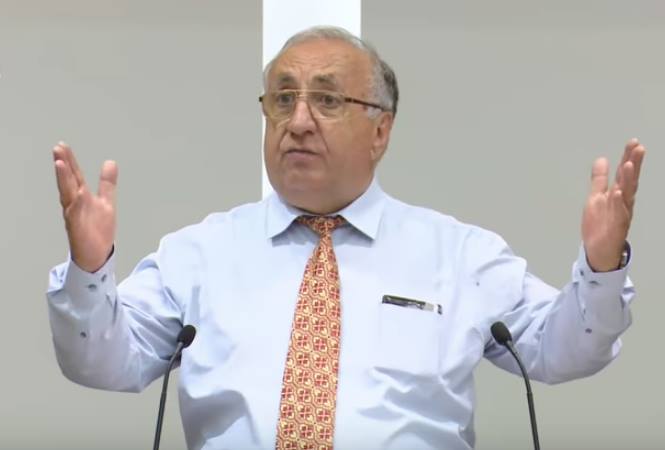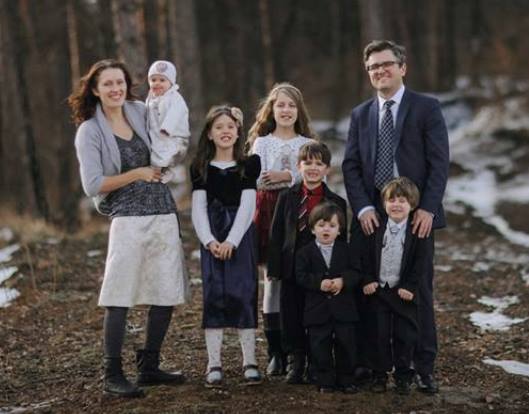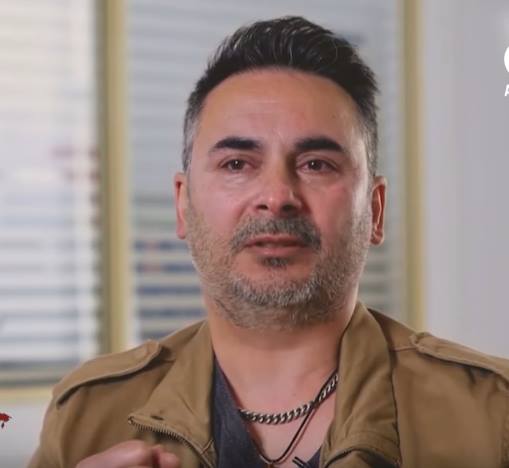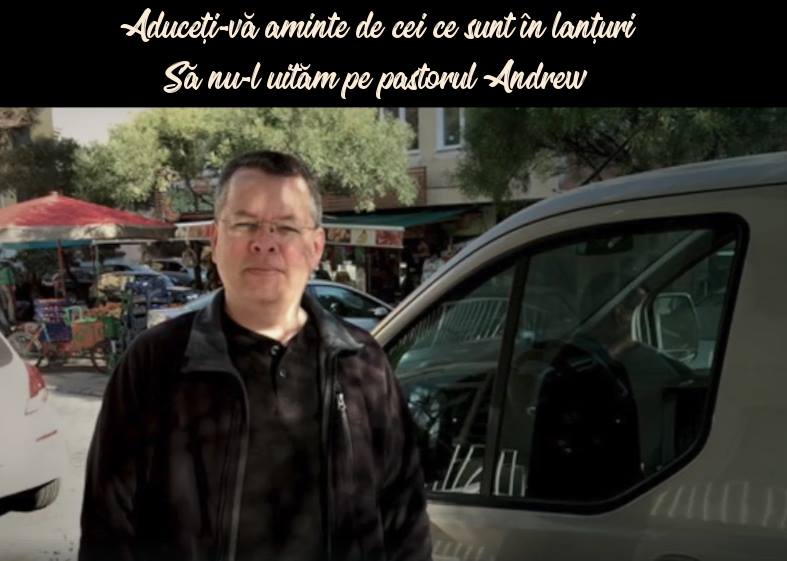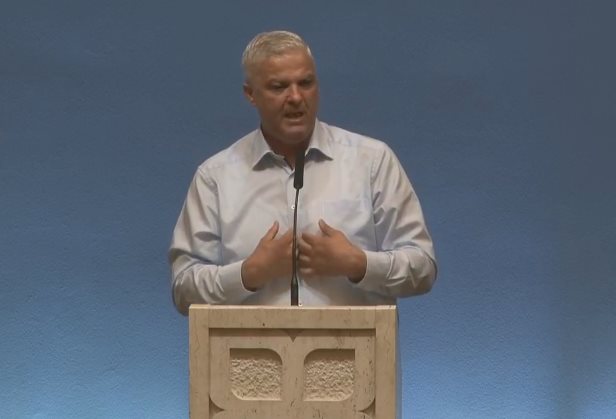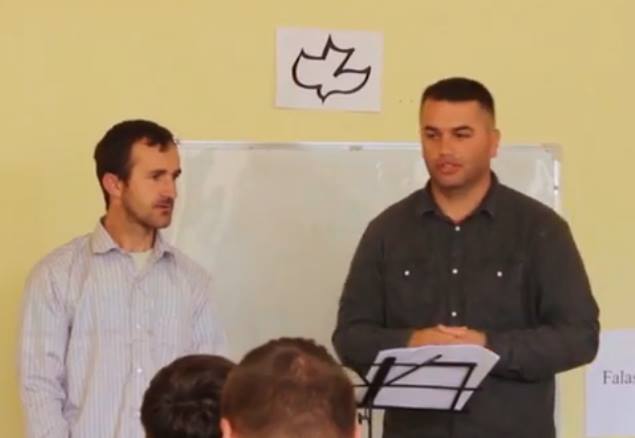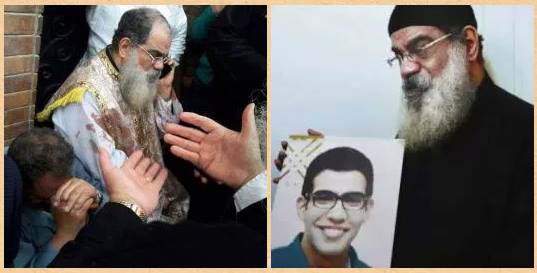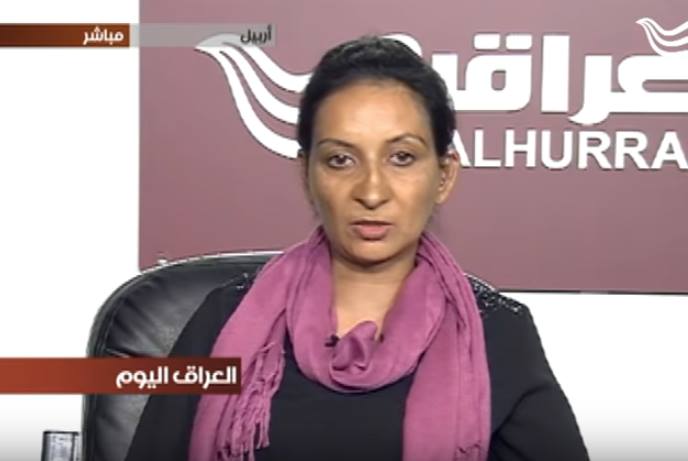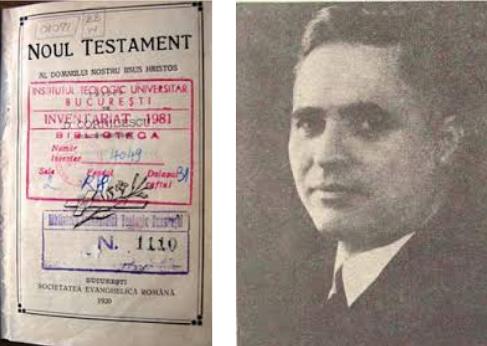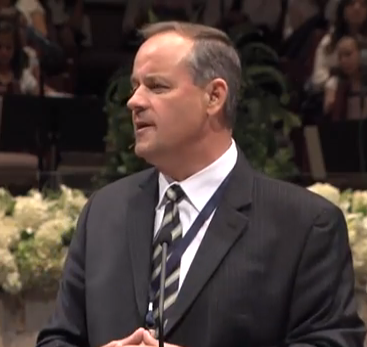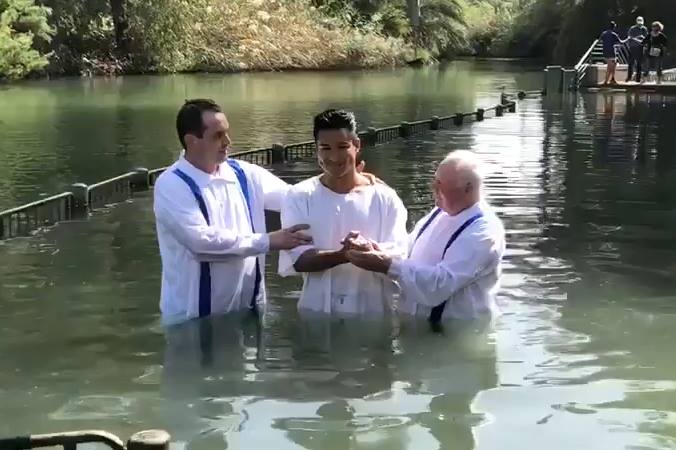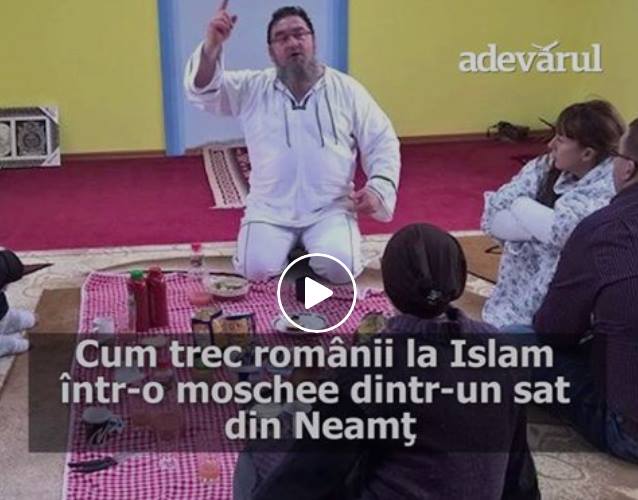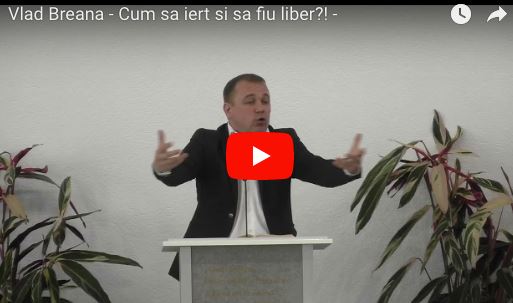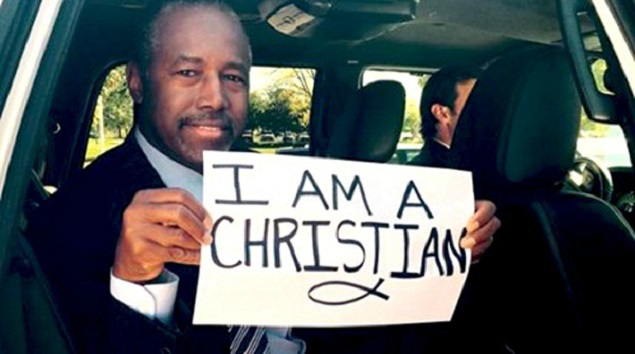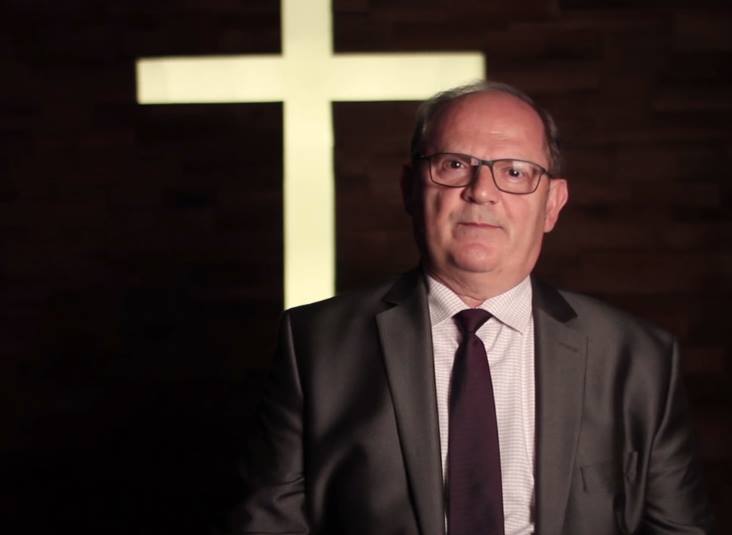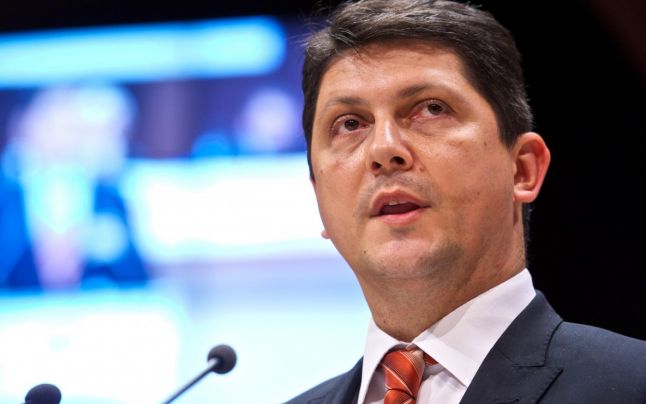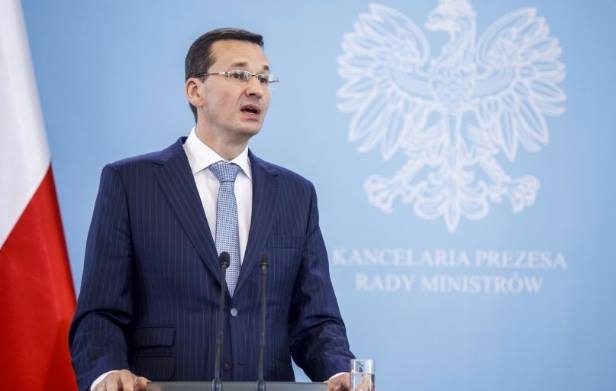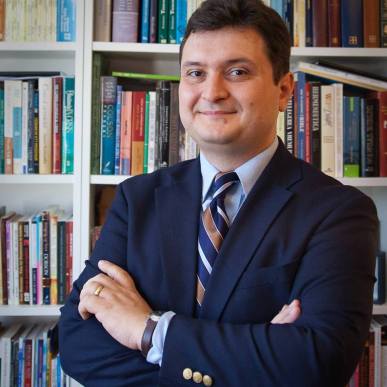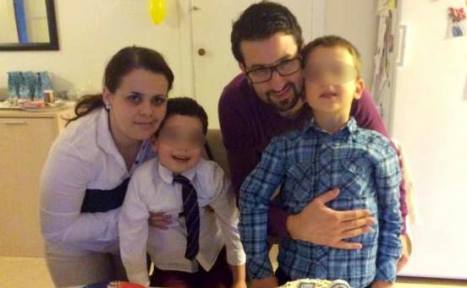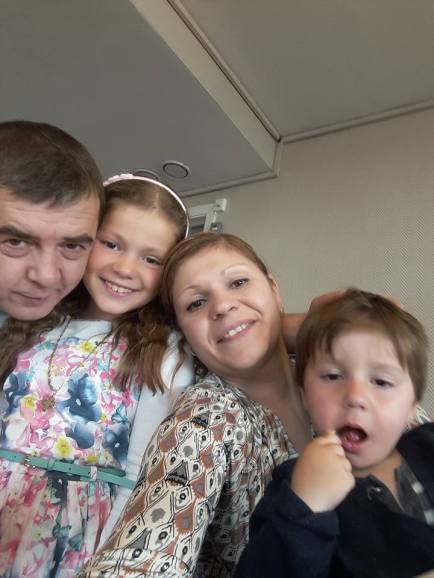from the GoodBookBlog by Ken Berding
Last week I posted (see below titled ‘Actually Praying’) a piece in which I encouraged each of us to actually pray when we pray. Since then my thoughts about prayer have moved in another direction, particularly as it relates to the training of our children. I am becoming increasingly convinced that one of the most significant ways we convey spiritual truth to our children is through our prayers. I believe that when we pray with our children, our children learn about our relationship with the Lord and what we believe about God. Let’s look at three things we teach our children when they listen to us pray.
1. When we pray, our children learn that we have a sincere relationship with the Lord.
This past Sunday I was talking with a friend about what children learn when they listen to their parents pray. He shared with me that when he was growing up his father’s prayers were formulaic and seemed artificial to him. But in recent years my friend has noticed a change in his elderly father’s relationship with the Lord. What’s significant is that the chief way he has come to recognize the change is by listening to the way his father prays.
I grew up with a mother who had a sensitive relationship with the Lord, and I knew it from the way that she prayed. When I was a child she used to tell me that even if all my friends stopped being my friends, Jesus would always be my friend. I believed her. The reason I believed her is that when she prayed I could tell that she was talking to her closest friend.
2. When we pray, our children learn that we actually believe that God can and will answer our prayers.
Honestly, learning how to pray in groups in the United States has been kind of tough for me. When my wife and I lived in the Middle East, we were often around Christians who were expecting God to do big things. We knew it because of the way that they prayed. But one message has come through loudly and clearly to me in most of the prayer meetings I have attended in the United States: we don’t actually believe anything is going to happen when we pray! I want my children to know that when we pray, we are speaking to a God who is strong enough to answer our prayers and who cares deeply enough to act on our behalf.
(Please note that you don’t generate such faith by trying really hard to believe; rather you increasingly develop sensitivity to the Holy Spirit who helps you know how to pray and who increases your faith as you pray in dependence upon him. But that is another topic for another day.)
3. When we pray, our children learn what we believe about God.
I’ve thought more about this since reading Fred Sanders’s recently released book, The Deep Things of God: How the Trinity Changes Everything. The basic biblical pattern is praying to the Father, on the basis of what the Son has done, empowered by the Spirit. It is, of course, possible that we could communicate to our children a deficient view of the Trinity by praying always to Jesus as a friend, or being overly Spirit-focused in our prayers. (I am not saying that a prayer thanking Jesus for his death on the cross or a prayer to the Holy Spirit asking for him to empower you for witness is wrong, just that it isn’t the biblical pattern.)
Your children will learn from you that God is holy by listening to the way you confess your sins; that God is a God of power when you worship him; that God truly cares when you call upon him in your time of need, and so on.
When I’m alone with the Lord, one of the prayers I pray more than any other is: “Lord, I want it to be real. I don’t want to be a fake. I need your grace to live out what I teach.” And now, by God’s grace, I want my children to see the same thing in me. I don’t pray for them; I pray to the Lord. But I think it’s good to remember that our children are listening.
Actually Praying by Ken Berding
One of the temptations that we as Christian leaders regularly face is to not pray when we pray. We say prayers before meals, with our children before bed, before we teach Sunday school classes, and when we stand during worship services. And if your life is anything like mine, you are the designated pray-er for family functions. But there is a significant risk when we bow for prayer but don’t actually pray.
The Apostle Paul writes: “With all prayer and petition pray at all times in the Spirit, and with this in view, be on the alert with all perseverance and petition for all the saints” (Eph 6:18). Paul would agree that when we pray, we need to actually pray.
I’m convinced that every time we take a posture of prayer and don’t actually talk to the Lord, our hearts harden just a little to prayer; whereas every time we actually talk to God during a time of prayer, our hearts are just a bit softer the next time around. This is why in our household there has always been one rule—and only one rule—when we pray together. We don’t care whether you stand, sit, kneel, close your eyes, or lift your hands. The rule is this: When you pray, actually talk to the Lord.
Admittedly, it can sometimes be difficult to actually pray each and every time you pray. Sometimes we feel forced into prayer postures. One of my daughters during her middle school years expressed it this way: “But if I don’t pray when everyone else is praying, what will people think?”
In any prayer situation in which your heart is not turned upward, my recommendation is that you pause, perhaps open your eyes for a moment, recalibrate, remind yourself Who it is you are talking to, and then offer a short prayer to the Lord. The result of such patterning will be an ever increasing openness to the Lord and a softness toward prayer.























